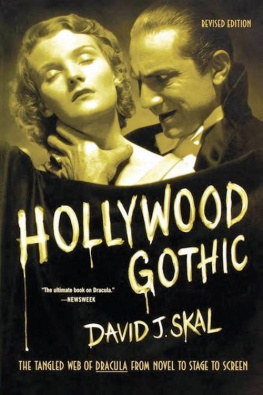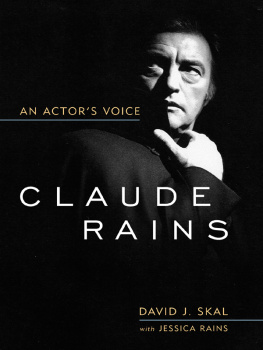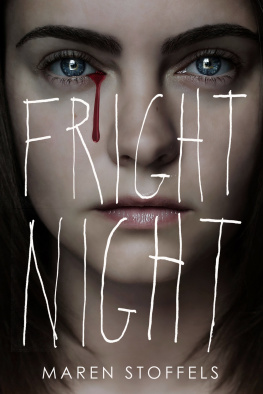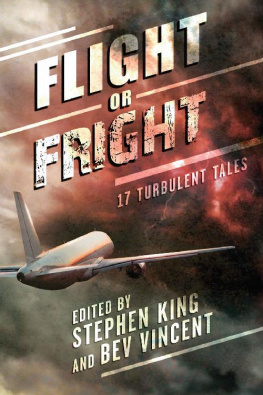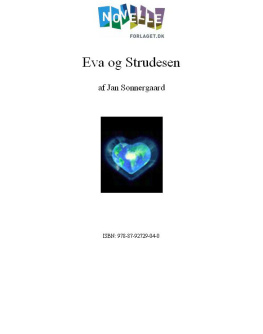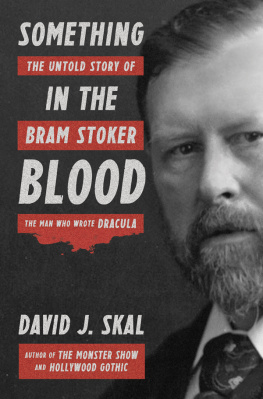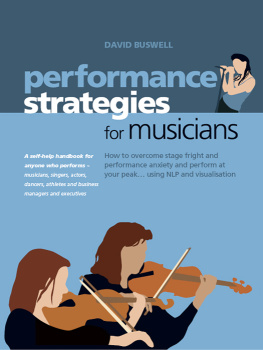David J. Skal - Fright Favorites
Here you can read online David J. Skal - Fright Favorites full text of the book (entire story) in english for free. Download pdf and epub, get meaning, cover and reviews about this ebook. year: 2020, publisher: Running Press, genre: Non-fiction. Description of the work, (preface) as well as reviews are available. Best literature library LitArk.com created for fans of good reading and offers a wide selection of genres:
Romance novel
Science fiction
Adventure
Detective
Science
History
Home and family
Prose
Art
Politics
Computer
Non-fiction
Religion
Business
Children
Humor
Choose a favorite category and find really read worthwhile books. Enjoy immersion in the world of imagination, feel the emotions of the characters or learn something new for yourself, make an fascinating discovery.

- Book:Fright Favorites
- Author:
- Publisher:Running Press
- Genre:
- Year:2020
- Rating:5 / 5
- Favourites:Add to favourites
- Your mark:
- 100
- 1
- 2
- 3
- 4
- 5
Fright Favorites: summary, description and annotation
We offer to read an annotation, description, summary or preface (depends on what the author of the book "Fright Favorites" wrote himself). If you haven't found the necessary information about the book — write in the comments, we will try to find it.
Fright Favorites — read online for free the complete book (whole text) full work
Below is the text of the book, divided by pages. System saving the place of the last page read, allows you to conveniently read the book "Fright Favorites" online for free, without having to search again every time where you left off. Put a bookmark, and you can go to the page where you finished reading at any time.
Font size:
Interval:
Bookmark:
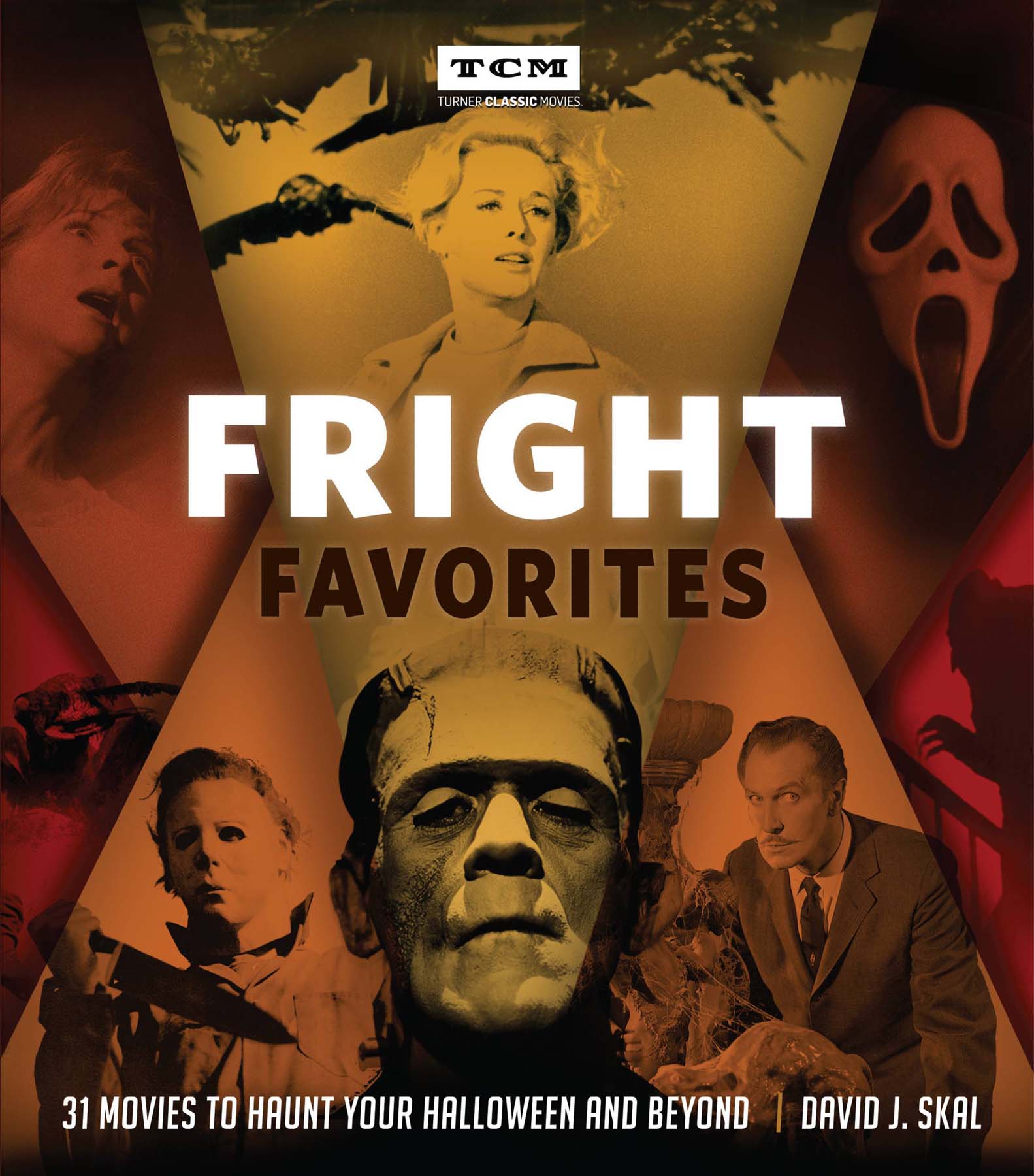
: Alfred Hitchcock.
Copyright 2020 by Turner Classic Movies
Hachette Book Group supports the right to free expression and the value of copyright. The purpose of copyright is to encourage writers and artists to produce the creative works that enrich our culture.
The scanning, uploading, and distribution of this book without permission is a theft of the authors intellectual property. If you would like permission to use material from the book (other than for review purposes), please contact permissions@hbgusa.com. Thank you for your support of the authors rights.
Running Press
Hachette Book Group
1290 Avenue of the Americas, New York, NY 10104
www.runningpress.com
@Running_Press
First Edition: September 2020
Published by Running Press, an imprint of Perseus Books, LLC, a subsidiary of Hachette Book Group, Inc. The Running Press name and logo is a trademark of the Hachette Book Group.
The Hachette Speakers Bureau provides a wide range of authors for speaking events. To find out more, go to www.hachettespeakersbureau.com or call (866) 376-6591.
The publisher is not responsible for websites (or their content) that are not owned by the publisher.
Photo credits: Authors collection: front matter, table of contents, . All other images courtesy Turner Classic Movies.
Library of Congress Control Number: 2020932963
ISBNs: 978-0-7624-9762-1 (hardcover), 978-0-7624-9760-7 (ebook)
E3-20200720-JV-NF-ORI
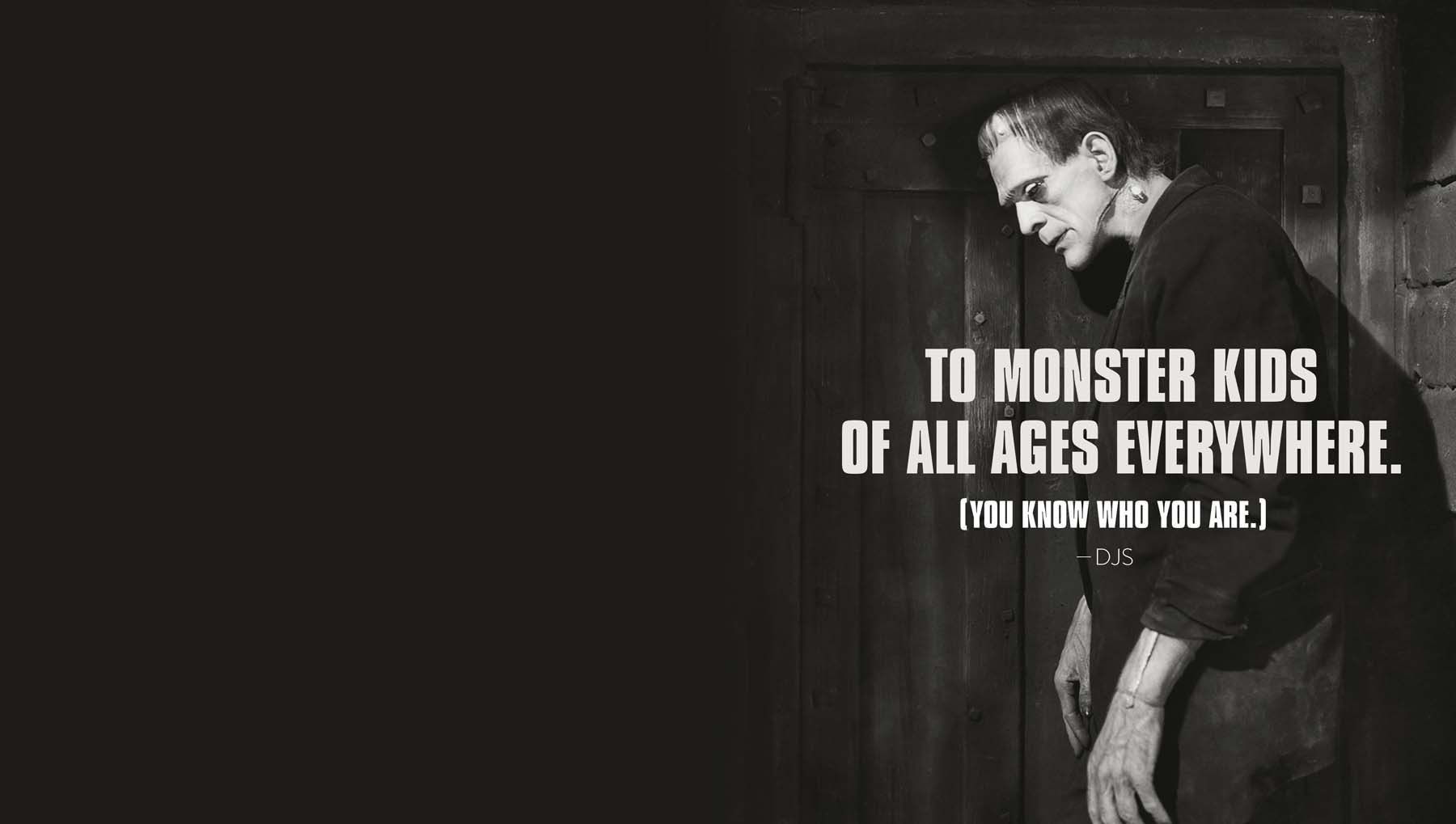
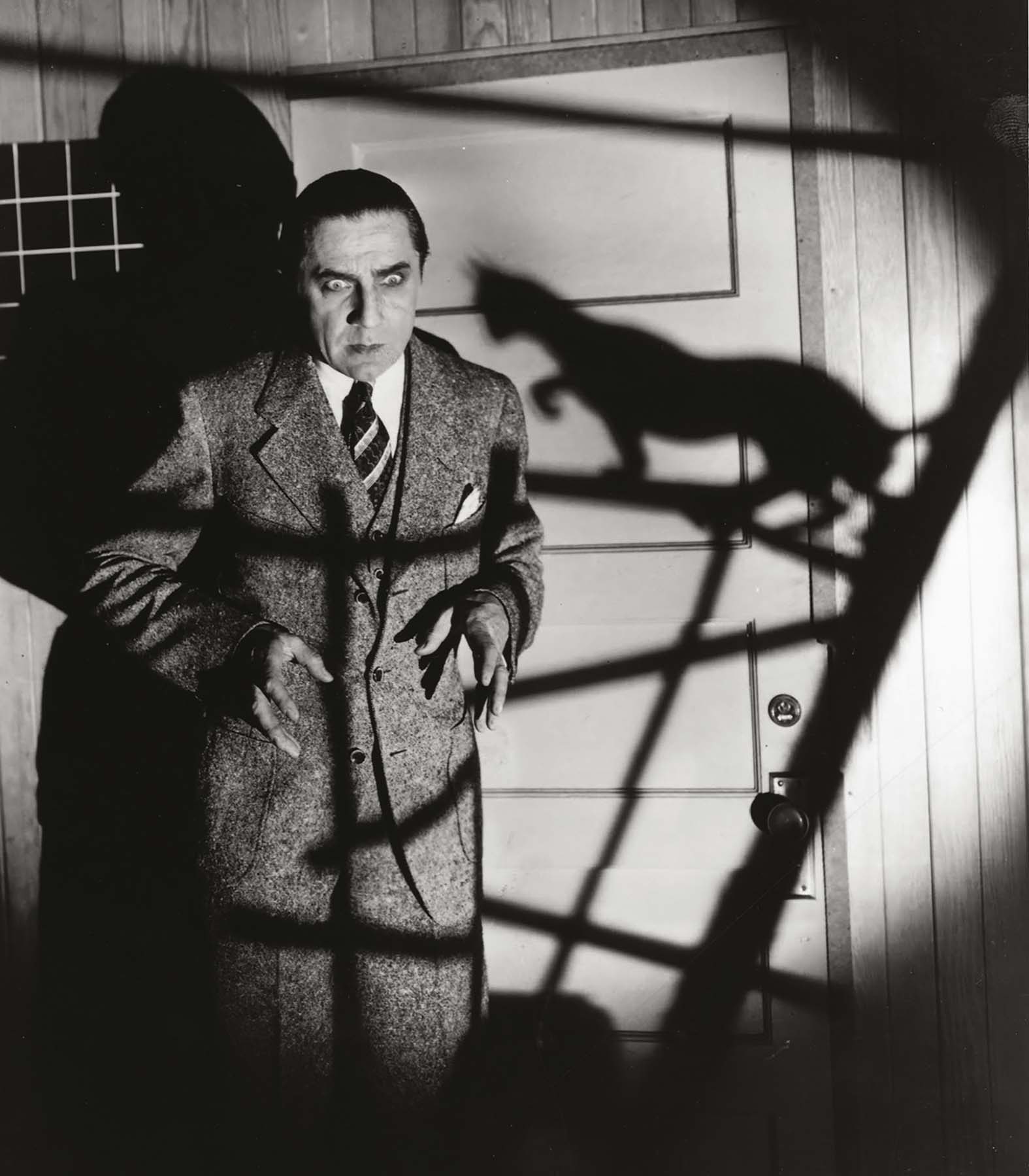
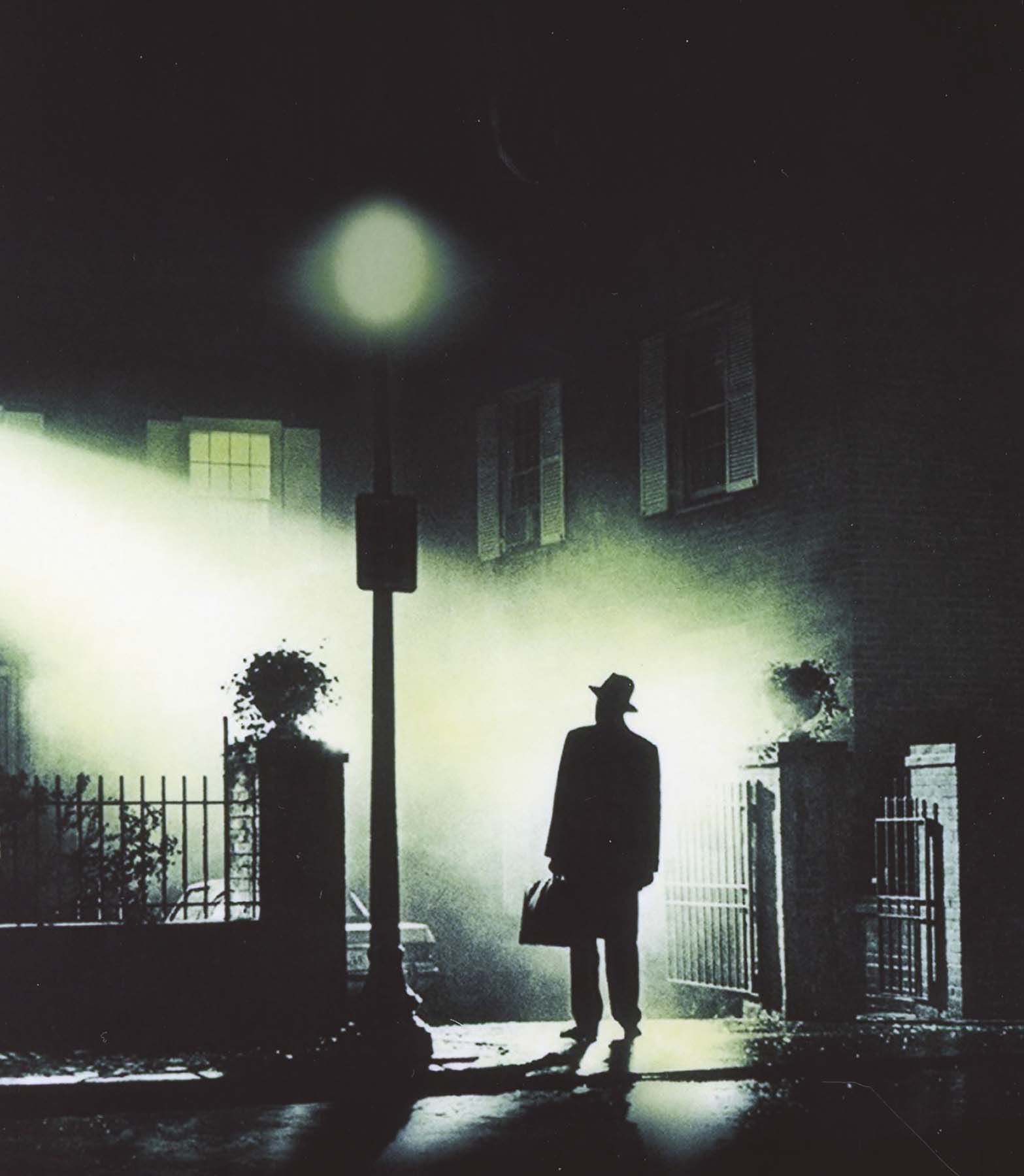
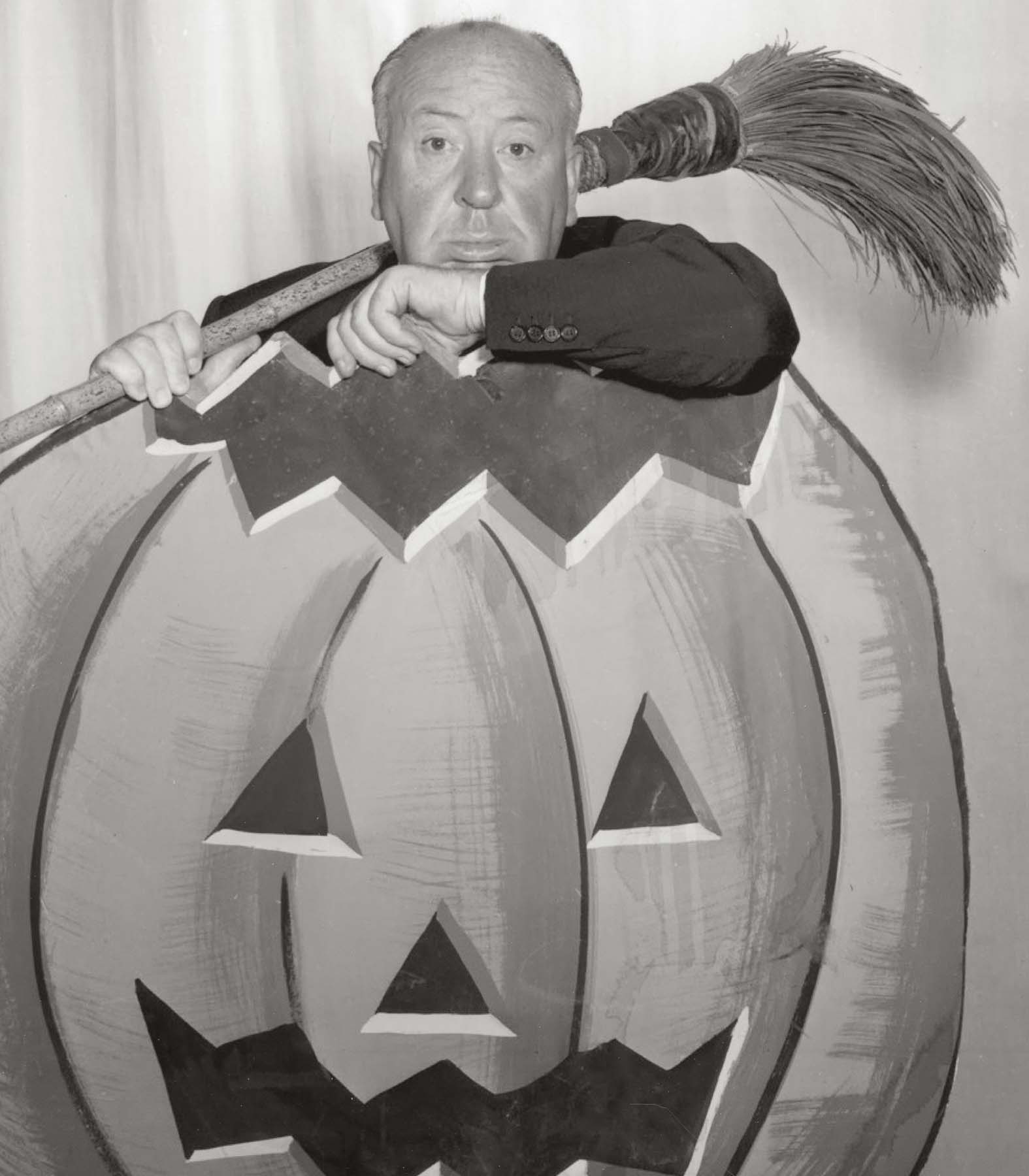
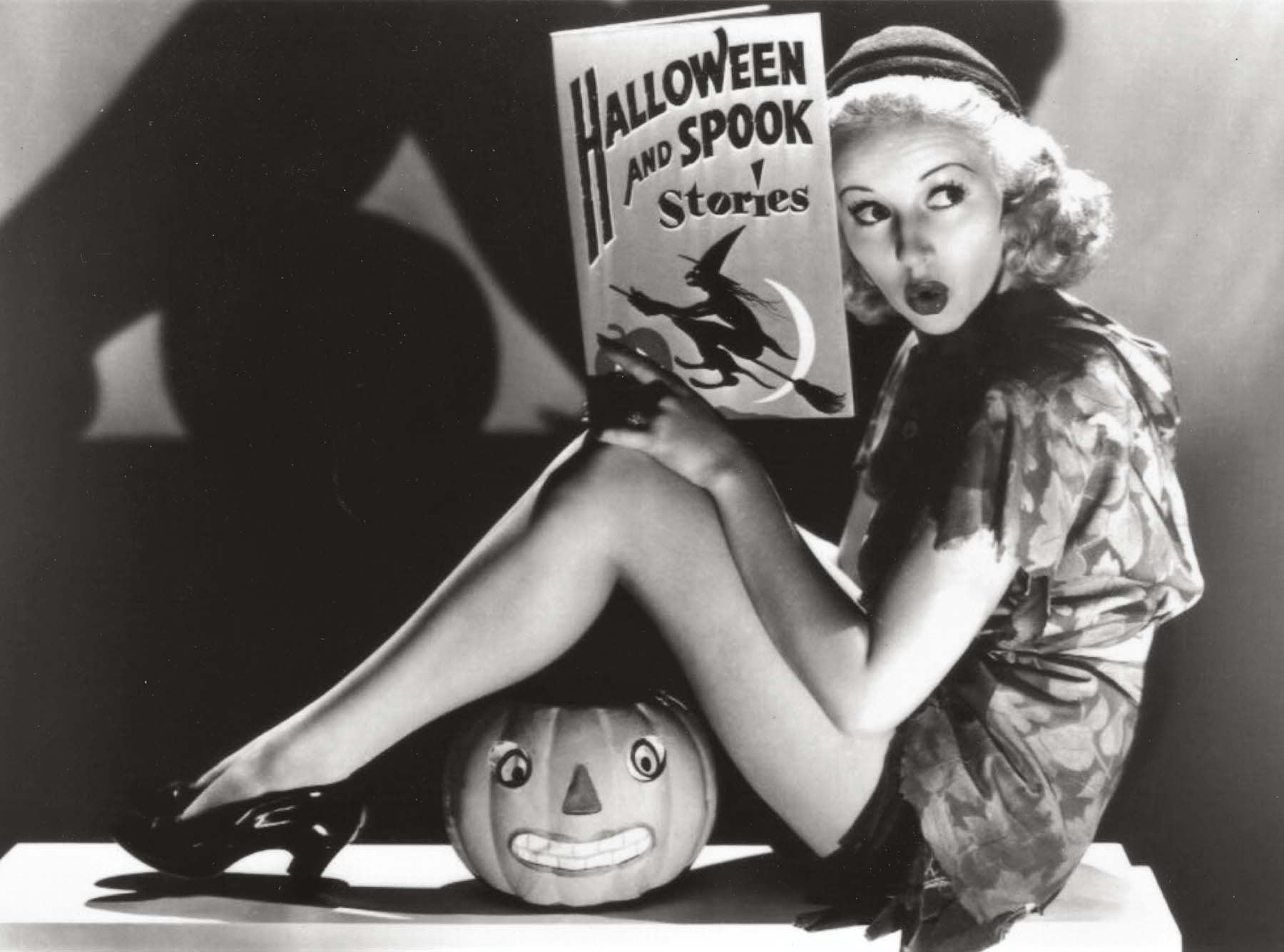
Ann Miller in an undated seasonal pinup
B oth Hollywood and Halloween emerged as significant cultural fixtures during the same decades of the early twentieth century. Americans have always believed that a malleable identity is our birthright, that we all have the prerogative and power to become anyone or anything of our individual choice. Like Halloween, Hollywood is about dressing up and acting out all the possibilities of our mercurial national personality.
Halloween made its American screen debut, however briefly, in The Three of Us (1914), starring Mabel Taliaferro, well known at the time as partner to the future horror director Tod Browning in Komic-Mutual two-reelers. The Three of Us, from the 1906 stage play by Rachel Crothers, depicted a festive Halloween dinner in a Colorado mining town. A more upscale celebration was featured in The Way of a Man with a Maid (1918), directed by Donald Crisp, in which a struggling bookkeeper scrimps and saves to afford the fashionable attire that will impress a girl he escorts to a party on the magic night of October 31.
A far more sensational Halloween was featured in Do the Dead Talk? (1920), a story of seances and spiritualism that included actress Herminia France setting fire to her clothes while lighting a jack-o-lantern. It was the first time a movie had sounded any kind of cautionary note about the holiday, presaging in a tiny way the tsunami of fake blood and rubber body parts that would eventually overwhelm the seasonal festivities. No one connected with Do the Dead Talk? could imagine that, a century later, Halloween celebrations would routinely include the movie-derived thrill of being chased through a theme park with a chainsaw.
Early Hollywood overwhelmingly approached Halloween affectionately. The wholesale commercialization of the holiday was a distinctly postWorld War II phenomenon; studios like Universal, for instance, didnt begin licensing Halloween costumes of their famous monsters until the 1960s. Halloween made regular cameo appearances in films, and audiences smiled at the homespun costumes and activities that reflected their own holiday customs. In the real world, Halloween vandalism was a big problem during the Depression years, but Hollywood, ruled by the all-powerful Production Code, would never depict anything but the mildest holiday prank on-screen for fear of demonstrating the forbidden technique of crime to the young and impressionable.
Fans of the classic movie magazines never saw October advertisements for Halloween film tie-ins and merchandise, but they were regularly treated to glamorous photo pinups of their favorite actresses inspired by traditional Halloween postcards and decorations. Starlets and established stars alike posed in pointy hats and racy witch costumes surrounded by the holidays obligatory paraphernalia and imagery: jack-o-lanterns, black cats, bats, and broomsticks. The pioneers of this durable tradition were silent stars like Clara Bow and Colleen Moore, followed by the likes of Myrna Loy, Joan Crawford, Shirley Temple, Ava Gardner, Betty Grable, Veronica Lake, Ann Miller, and Debbie Reynolds.
Spooky publicity photos of actors were usually reserved for top horror stars like Boris Karloff, Bela Lugosi, and Vincent Price. Their classic fright films were released year-round, but photographers never resisted vintage Halloween iconography for these assignments whenever they occurred. Shadow silhouettes of black cats, bats, and cobwebs worked just as well for movie marketing as they did for party favors and decorations.
Disney, as usual, always had its finger on the pulse of commercial possibilities for Halloween before its competitors. Its animated Silly Symphony series short, The Skeleton Dance, was a perfect embodiment of the holiday spirit, delighting audiences throughout the fall of 1929. Mickey and Minnie Mouse were among the earliest examples of character licensing when they first appeared as Halloween costumes in the 1930s, and Disneys 1952 Donald Duck cartoon Trick or Treat, with its catchy title song, modeled and standardized the begging ritual for millions of suburban children, just as candy companies got on the bandwagon in a big way.

Clara Bow
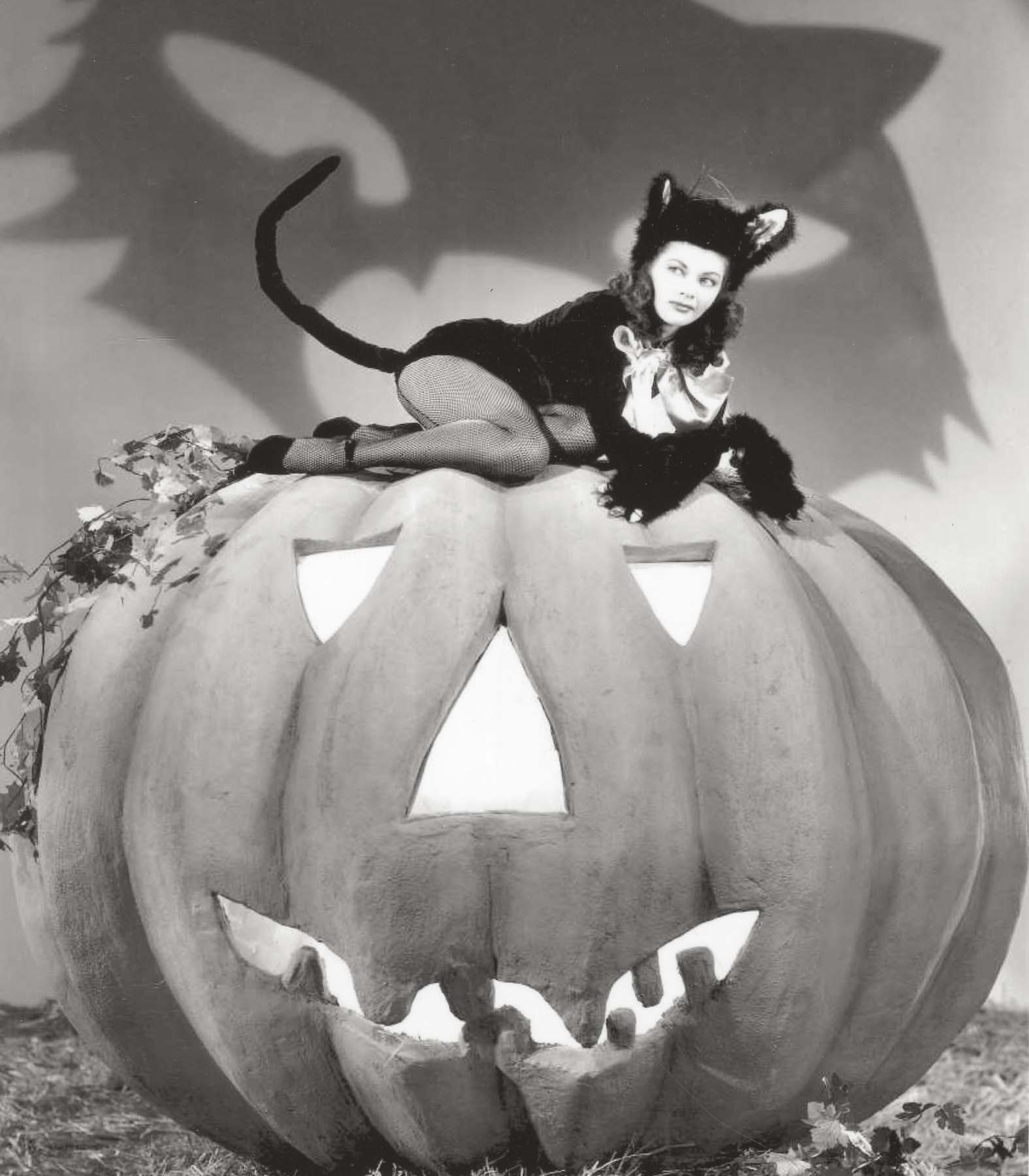
Yvonne de Carlo
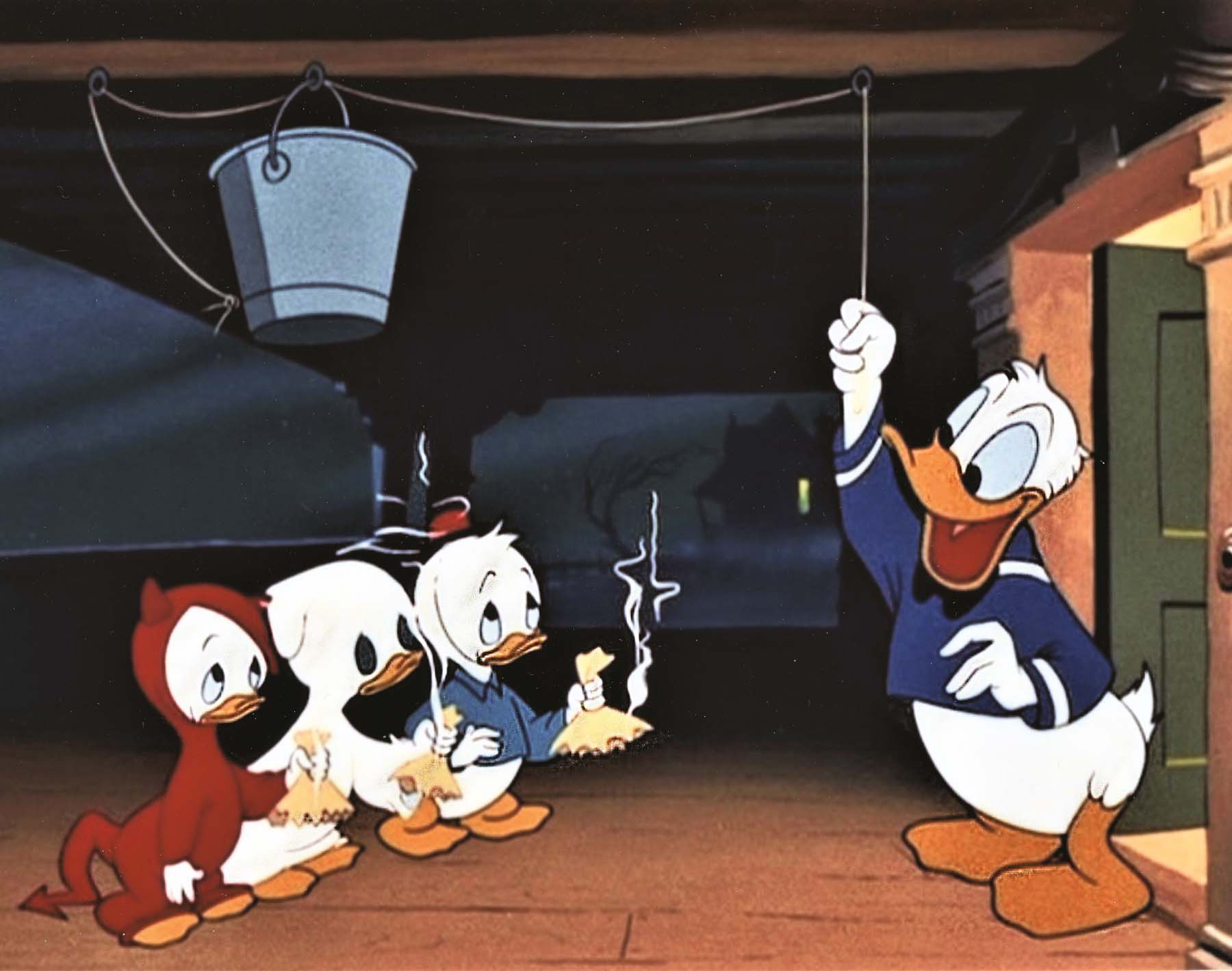
Huey, Dewey, and Louie explain Halloween to postwar America in Trick or Treat (1952).
Halloween has been an expanding industry ever since, growing exponentially every decade, and is now a multibillion-dollar annual cash machinethe largest retail holiday after Christmas. In recent decades, Halloween has also become more cinematic than ever, with the latest scary movies competing for October release dates, and established entertainment franchises like The Walking Dead showcased in major theme park attractions, as in Universal Studios long-running Hollywood Horror Nights. Beyond cold economic considerations, its also an especially beloved celebration, with warmly treasured personal meaning and nostalgic memories for people of all ages, backgrounds, and interests. Therefore, this book is not intended as a comprehensive history of spooky filmsindeed, scary movies now comprise such a multitude of genres and subgenres that such an undertaking would fill an encyclopedia set. Instead,
Font size:
Interval:
Bookmark:
Similar books «Fright Favorites»
Look at similar books to Fright Favorites. We have selected literature similar in name and meaning in the hope of providing readers with more options to find new, interesting, not yet read works.
Discussion, reviews of the book Fright Favorites and just readers' own opinions. Leave your comments, write what you think about the work, its meaning or the main characters. Specify what exactly you liked and what you didn't like, and why you think so.

